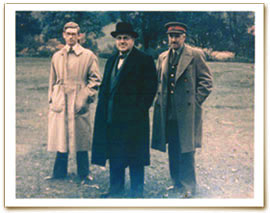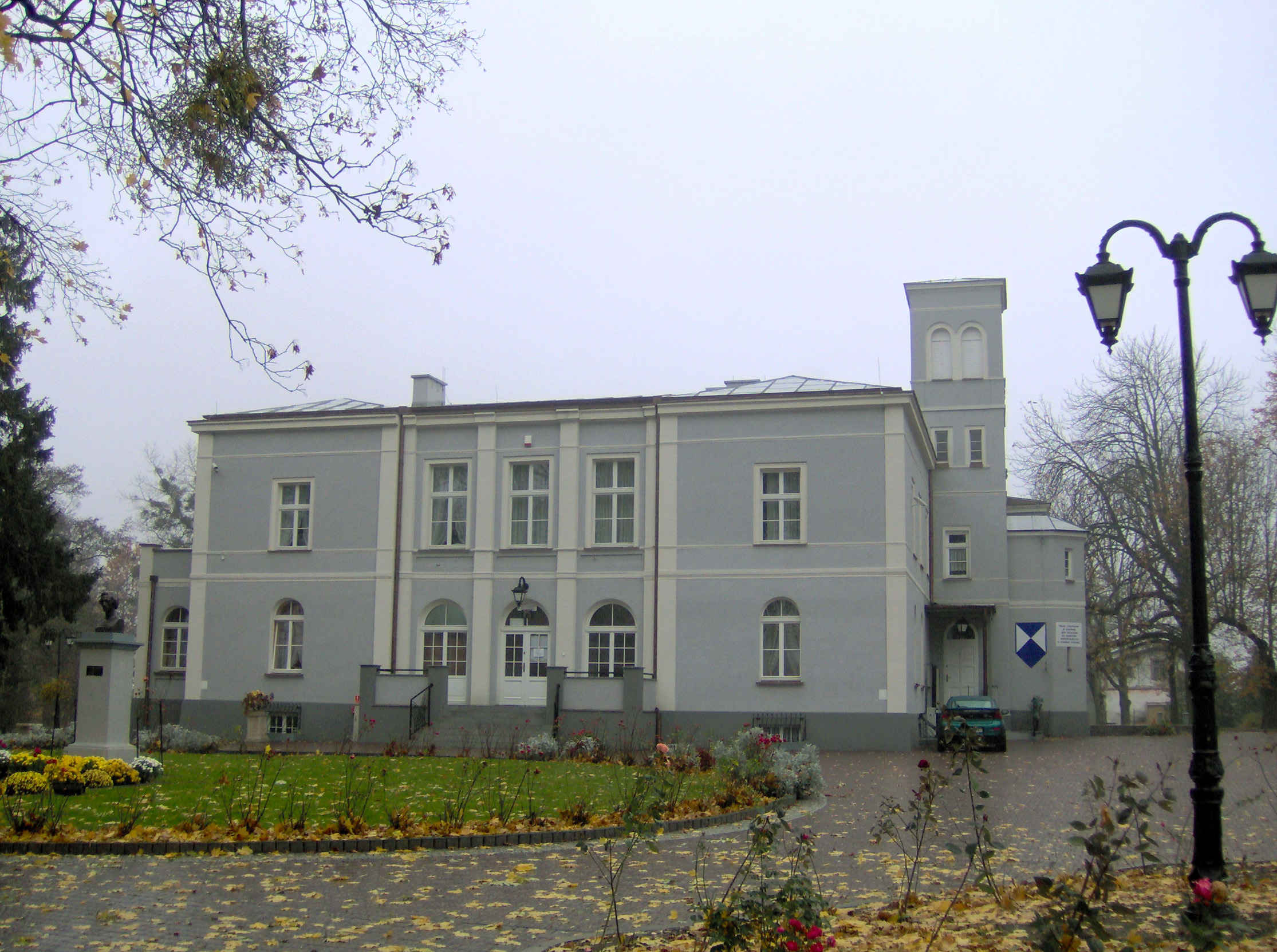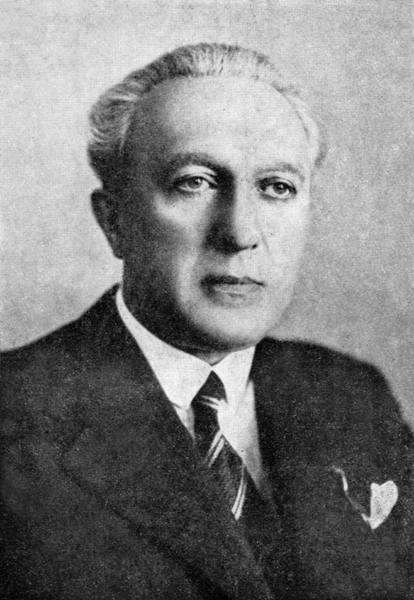|
Memorials To Frédéric Chopin
The following is a compilation of memorials to the composer Frédéric Chopin in the form of physical monuments and institutions and other entities named after him. Chopin's Polish residences Fryderyk Chopin's principal Polish residences survive — most of them rebuilt from the devastations of World War II — except for the Saxon Palace, where his father Mikołaj Chopin in October 1810 (when Fryderyk was six months old) took a post teaching French at the Warsaw Lyceum, housed in the Saxon Palace. The Chopin family lived on the premises. In 1817 the Saxon Palace was requisitioned by Warsaw's Russian governor for military use, and the Warsaw Lyceum was reestablished in the Kazimierz Palace (today the rectorate of Warsaw University). Fryderyk and his family moved to an extant building (center photo, below) adjacent to the Kazimierz Palace. In 1827, soon after the death of Chopin's youngest sister Emilia, the family moved from the Warsaw University building adjacent to the Kaz ... [...More Info...] [...Related Items...] OR: [Wikipedia] [Google] [Baidu] |
Harry Hinsley
Sir Francis Harry Hinsley, (26 November 1918 – 16 February 1998) was an English historian and cryptanalyst. He worked at Bletchley Park during the Second World War and wrote widely on the history of international relations and British Intelligence during the Second World War. He was known as Harry Hinsley. Early life Hinsley's father worked in the coal department of the Walsall Co-Op. His mother Emma Hinsley (née Adey) was a school caretaker, and they lived in Birchills, in the parish of St Andrew's, Walsall. Harry was educated at Queen Mary's Grammar School, Walsall, and in 1937 won a scholarship to read history at St. John's College, Cambridge.Langhorne, 2004 He went on to be awarded a first in part one of the Historical Tripos. In August 1939 Hinsley visited his girlfriend in the German city of Koblenz. Police required him to report to the police station daily. However, this requirement was waived following the signing of the German-Soviet Pact. A week later Hinsle ... [...More Info...] [...Related Items...] OR: [Wikipedia] [Google] [Baidu] |
Szafarnia, Kuyavian-Pomeranian Voivodeship
Szafarnia is a village in the administrative district of Gmina Radomin, within Golub-Dobrzyń County, Kuyavian-Pomeranian Voivodeship, in north-central Poland. It lies east of Golub-Dobrzyń and east of Toruń. The village has a population of 280. Chopin At the age of 14 and 15, Frédéric Chopin visited Szafarnia as the guest of Juliusz Dziewanowski, father of Chopin's schoolmate Dominik Dziewanowski. Chopin's father was a tutor to the Dziewanowski family and Juliusz was the godfather to Chopin's sister. The families maintained warm relations past Frédéric's death The manor where Chopin stayed during his 1824 and 1825 summer vacations, has been turned into a museum. It was here that young Chopin wrote his famous ''Kuriery Szafarskie'' (Szafarnia Couriers) spoofing the Warsaw Warsaw ( pl, Warszawa, ), officially the Capital City of Warsaw,, abbreviation: ''m.st. Warszawa'' is the capital and largest city of Poland. The metropolis stands on the River Vistula in ... [...More Info...] [...Related Items...] OR: [Wikipedia] [Google] [Baidu] |
Sandstone
Sandstone is a clastic sedimentary rock composed mainly of sand-sized (0.0625 to 2 mm) silicate grains. Sandstones comprise about 20–25% of all sedimentary rocks. Most sandstone is composed of quartz or feldspar (both silicates) because they are the most resistant minerals to weathering processes at the Earth's surface. Like uncemented sand, sandstone may be any color due to impurities within the minerals, but the most common colors are tan, brown, yellow, red, grey, pink, white, and black. Since sandstone beds often form highly visible cliffs and other topographic features, certain colors of sandstone have been strongly identified with certain regions. Rock formations that are primarily composed of sandstone usually allow the percolation of water and other fluids and are porous enough to store large quantities, making them valuable aquifers and petroleum reservoirs. Quartz-bearing sandstone can be changed into quartzite through metamorphism, usually related to ... [...More Info...] [...Related Items...] OR: [Wikipedia] [Google] [Baidu] |
Obelisk
An obelisk (; from grc, ὀβελίσκος ; diminutive of ''obelos'', " spit, nail, pointed pillar") is a tall, four-sided, narrow tapering monument which ends in a pyramid-like shape or pyramidion at the top. Originally constructed by Ancient Egyptians and called ''tekhenu'', the Greeks used the Greek term to describe them, and this word passed into Latin and ultimately English. Ancient obelisks are monolithic; they consist of a single stone. Most modern obelisks are made of several stones. Ancient obelisks Egyptian Obelisks were prominent in the architecture of the ancient Egyptians, and played a vital role in their religion placing them in pairs at the entrance of the temples. The word "obelisk" as used in English today is of Greek rather than Egyptian origin because Herodotus, the Greek traveler, was one of the first classical writers to describe the objects. A number of ancient Egyptian obelisks are known to have survived, plus the " Unfinished Obelisk" found part ... [...More Info...] [...Related Items...] OR: [Wikipedia] [Google] [Baidu] |
Żelazowa Wola
Żelazowa Wola () is a village in Gmina Sochaczew, Sochaczew County, Masovian Voivodeship, in east-central Poland. It lies on the Utrata River, some northeast of Sochaczew and west of Warsaw. Żelazowa Wola has a population of 65. The village is the birthplace of the Polish pianist and composer Frédéric Chopin. It is known for its picturesque Masovian landscape, including numerous winding streams surrounded by willows and hills. In 1909, in celebration of Chopin's centenary, Russian composer Sergei Lyapunov wrote the symphonic poem A symphonic poem or tone poem is a piece of orchestral music, usually in a single continuous movement, which illustrates or evokes the content of a poem, short story, novel, painting, landscape, or other (non-musical) source. The German term ''T ..., '' Zhelazova Vola'' (Żelazowa Wola), Op. 37 (russian: Желязова-Воля), "in memory of Chopin". Housed in an annex to the Chopin's home, surrounded by a park, is a museum devoted to the ... [...More Info...] [...Related Items...] OR: [Wikipedia] [Google] [Baidu] |
Epitaph
An epitaph (; ) is a short text honoring a deceased person. Strictly speaking, it refers to text that is inscribed on a tombstone or plaque, but it may also be used in a figurative sense. Some epitaphs are specified by the person themselves before their death, while others are chosen by those responsible for the burial. An epitaph may be written in prose or in poem verse. Most epitaphs are brief records of the family, and perhaps the career, of the deceased, often with a common expression of love or respect—for example, "beloved father of ..."—but others are more ambitious. From the Renaissance to the 19th century in Western culture, epitaphs for notable people became increasingly lengthy and pompous descriptions of their family origins, career, virtues and immediate family, often in Latin. Notably, the Laudatio Turiae, the longest known Ancient Roman epitaph, exceeds almost all of these at 180 lines; it celebrates the virtues of an honored wife, probably of a consul. So ... [...More Info...] [...Related Items...] OR: [Wikipedia] [Google] [Baidu] |
Polska Akademia Umiejętności
The Polish Academy of Arts and Sciences or Polish Academy of Learning ( pl, Polska Akademia Umiejętności), headquartered in Kraków and founded in 1872, is one of two institutions in contemporary Poland having the nature of an academy of sciences. (The other is the Polish Academy of Sciences, headquartered in Warsaw.) The Polish Academy of Arts and Sciences is co-owner of the Polish Library in Paris. History The Academy traces its origins to Academy of Learning founded in 1871, itself a result of the transformation of the , in existence since 1815. Though formally limited to the Austrian Partition, the Academy served from the beginning as a learned and cultural society for the entire Polish nation. Its activities extended beyond the boundaries of the Austrian Partition, gathering scholars from all of Poland, and many other countries as well. Some indication of how the Academy's influence extended beyond the boundaries of the Partitions came in 1893, when the collection of the ... [...More Info...] [...Related Items...] OR: [Wikipedia] [Google] [Baidu] |
Kraków
Kraków (), or Cracow, is the second-largest and one of the oldest cities in Poland. Situated on the Vistula River in Lesser Poland Voivodeship, the city dates back to the seventh century. Kraków was the official capital of Poland until 1596 and has traditionally been one of the leading centres of Polish academic, economic, cultural and artistic life. Cited as one of Europe's most beautiful cities, its Old Town with Wawel Royal Castle was declared a UNESCO World Heritage Site in 1978, one of the first 12 sites granted the status. The city has grown from a Stone Age settlement to Poland's second-most-important city. It began as a hamlet on Wawel Hill and was reported by Ibrahim Ibn Yakoub, a merchant from Cordoba, as a busy trading centre of Central Europe in 985. With the establishment of new universities and cultural venues at the emergence of the Second Polish Republic in 1918 and throughout the 20th century, Kraków reaffirmed its role as a major national academic and a ... [...More Info...] [...Related Items...] OR: [Wikipedia] [Google] [Baidu] |
Polski Słownik Biograficzny
''Polski Słownik Biograficzny'' (''PSB''; Polish Biographical Dictionary) is a Polish-language biographical dictionary, comprising an alphabetically arranged compilation of authoritative biographies of some 25,000 notable Poles and of foreigners who have been active in Poland – famous as well as less-well-known persons – from Popiel, Piast Kołodziej, and Mieszko I, at the dawn of Polish history, to persons who died in the year 2000. The ''Dictionary'', published incrementally since 1935, is a work in progress. It currently covers entries from A to S and its completion is expected about 2030. The PSB is, by its own assessment, "at present... one of the world's leading biographical publications." Outside Poland, it is available at the British Library, the Library of Congress, the Vatican Library, the Hoover Institution on War, Revolution and Peace, the University of California at Berkeley, Stanford University Stanford University, officially Leland Stanford Junior Univ ... [...More Info...] [...Related Items...] OR: [Wikipedia] [Google] [Baidu] |
Zdzisław Jachimecki
Zdzisław Jachimecki ( Lwów, 7 July 1882 – 27 October 1953, Kraków) was a Polish historian of music, composer, professor at the Jagiellonian University and the Kraków Music Academy, and member of the Polish Academy of Learning. Life Born in Lwów in 1882, in 1904–5 he studied counterpoint with Arnold Schönberg in Vienna.See Jachimecki's account in the album, ''Dem Lehrer Arnold Schönberg'', at the Arnold Schönberg Center, Vienna. Partial bibliography * '' Mozart. W 150 rocznicę urodzin'' (1906) * '' Hugo Wolf'' (1908) * '' Józef Haydn'' (1910) * '' Ryszard Wagner'' (1911) * ''Wspomnienia Kurpińskiego'' (1911) * ''Artega i Wagner jako teoretycy dramatu muzycznego'' (1912) * ''Muzyka na dworze króla Władysława Jagiełły, 1424–1430'' (1915) * '' Moniuszko'' (1921) * ''Fryderyk Chopin'' (1927) * ''Na marginesie pieśni studenckiej z XV-go wieku'' (1930) * ''Nieuwzględnione dotychczas źródło melodii Bogurodzicy'' (1930) * ''Średniowieczne zabytki polsk ... [...More Info...] [...Related Items...] OR: [Wikipedia] [Google] [Baidu] |


Saunders_Quarry-1.jpg)


